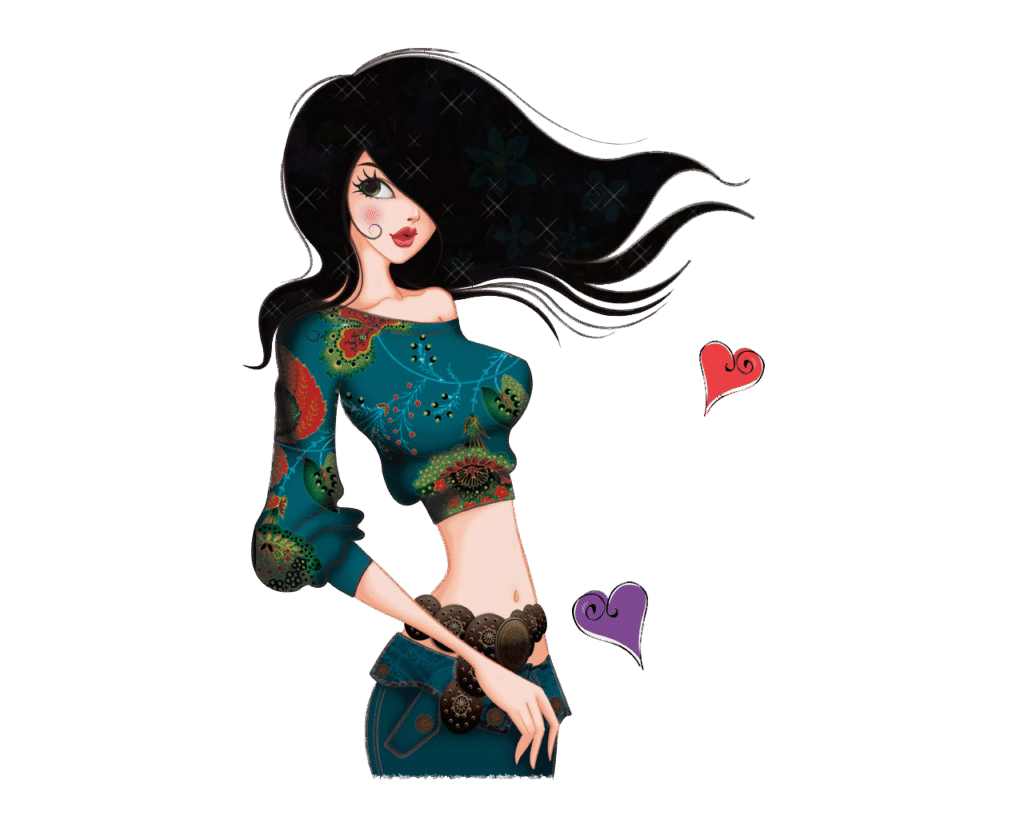Fashion culture is a multifaceted phenomenon that transcends mere clothing; it is a dynamic interplay of identity, societal norms, politics, and creativity. Rooted in history and continually evolving, fashion culture reflects and influences the world around us. This essay delves into the essence of fashion culture, tracing its origins, examining its societal impact, and exploring contemporary movements that shape its current landscape.
Origins and Evolution of Fashion Culture
Fashion has always been more than a response to the changing seasons; it is a mirror to the shifting tides of society. In the early 20th century, fashion was predominantly dictated by elite institutions in Paris and London. However, the mid-20th century witnessed a democratization of fashion. The “Youthquake” movement of the 1960s, for instance, marked a significant shift as youth culture began to influence fashion trends. Designers like Mary Quant introduced the miniskirt, symbolizing youthful rebellion and sexual liberation .
Simultaneously, subcultures such as punk, goth, and hip-hop emerged, each utilizing fashion as a form of expression. Punk fashion, characterized by torn clothing and DIY aesthetics, was a direct response to societal norms and a critique of consumerism. Hip-hop fashion, with its oversized garments and bold accessories, became a symbol of empowerment and identity for marginalized communities .

ORIGINS OF FASHION
Fashion as Identity and Expression
At its core, fashion is a language—a non-verbal medium through which individuals communicate their identity, beliefs, and affiliations. The choices one makes in clothing can signify cultural heritage, political stance, or personal style. For example, the adoption of the rainbow flag by the LGBTQ+ community has been mirrored in fashion, with designers incorporating rainbow motifs to signify pride and inclusivity.
Moreover, fashion has played a pivotal role in challenging gender norms. The early 20th century saw women rejecting restrictive clothing like corsets in favor of more practical attire, symbolizing a shift towards independence and equality . In contemporary times, designers are increasingly embracing gender-fluid fashion, reflecting a broader societal move towards inclusivity and the breaking down of traditional gender binaries.
The Societal Impact of Fashion
Fashion is intrinsically linked to societal structures and often acts as a reflection of prevailing ideologies. During the feminist movements of the 20th century, for instance, fashion became a battleground for women’s rights. The rejection of corsets and the embrace of trousers were not merely aesthetic choices but political statements advocating for women’s autonomy and equality .
In recent years, fashion has also become a platform for activism. The rise of “fashion activism” sees designers and consumers alike using clothing to promote social and environmental change. Whether it’s through slogan T-shirts advocating for human rights or the promotion of sustainable fashion practices, clothing has become a tool for raising awareness and driving societal transformation .
Globalization and Cultural Exchange
The advent of globalization has led to a fusion of diverse fashion cultures. Traditional garments like the Indian sari, the African dashiki, and the Chinese cheongsam have transcended their local contexts, being reinterpreted and incorporated into global fashion collections. This blending enriches the fashion industry, bringing in new perspectives and fostering greater creativity .
However, this cultural exchange is not without its challenges. The line between cultural appreciation and appropriation is often blurred. While borrowing elements from different cultures can promote diversity and inclusivity, it can also lead to the commodification and misrepresentation of cultural symbols. The fashion industry must navigate these complexities with sensitivity and respect to ensure that cultural elements are honored and not exploited.
The Digital Revolution and Fashion’s Future
The digital age has revolutionized fashion culture. Social media platforms like Instagram and TikTok have democratized fashion, allowing individuals from all walks of life to share their style and influence trends. Influencers and content creators now play a significant role in shaping fashion narratives, often bypassing traditional fashion gatekeepers like designers and editors .
Moreover, the rise of digital fashion houses and virtual clothing has opened new avenues for creativity and sustainability. Brands like The Fabricant and Auroboros are pioneering in creating entirely virtual garments, reducing the environmental impact associated with traditional fashion production .
Sustainability and Ethical Fashion
As awareness of environmental issues grows, the fashion industry faces increasing pressure to adopt sustainable practices. Fast fashion, characterized by rapid production and consumption of cheap clothing, has been criticized for its detrimental environmental impact. The industry is now witnessing a shift towards sustainable fashion, with brands focusing on ethical production, sustainable materials, and mindful consumption .
Consumers are also becoming more conscious of the environmental and ethical implications of their fashion choices. Movements advocating for slow fashion, second-hand shopping, and the repair and upcycling of garments are gaining momentum, signaling a collective desire for a more sustainable and responsible fashion industry.
Conclusion
Fashion culture is a vibrant tapestry woven from threads of history, identity, society, and innovation. It serves as a powerful tool for self-expression and a mirror reflecting the values and challenges of the times. As we navigate the complexities of the modern world, fashion continues to evolve, embracing diversity, promoting sustainability, and challenging norms. In this ever-changing landscape, fashion remains a testament to human creativity and resilience, continually shaping and being shaped by the world around us.
Pingback: exclusive fashion of 2025